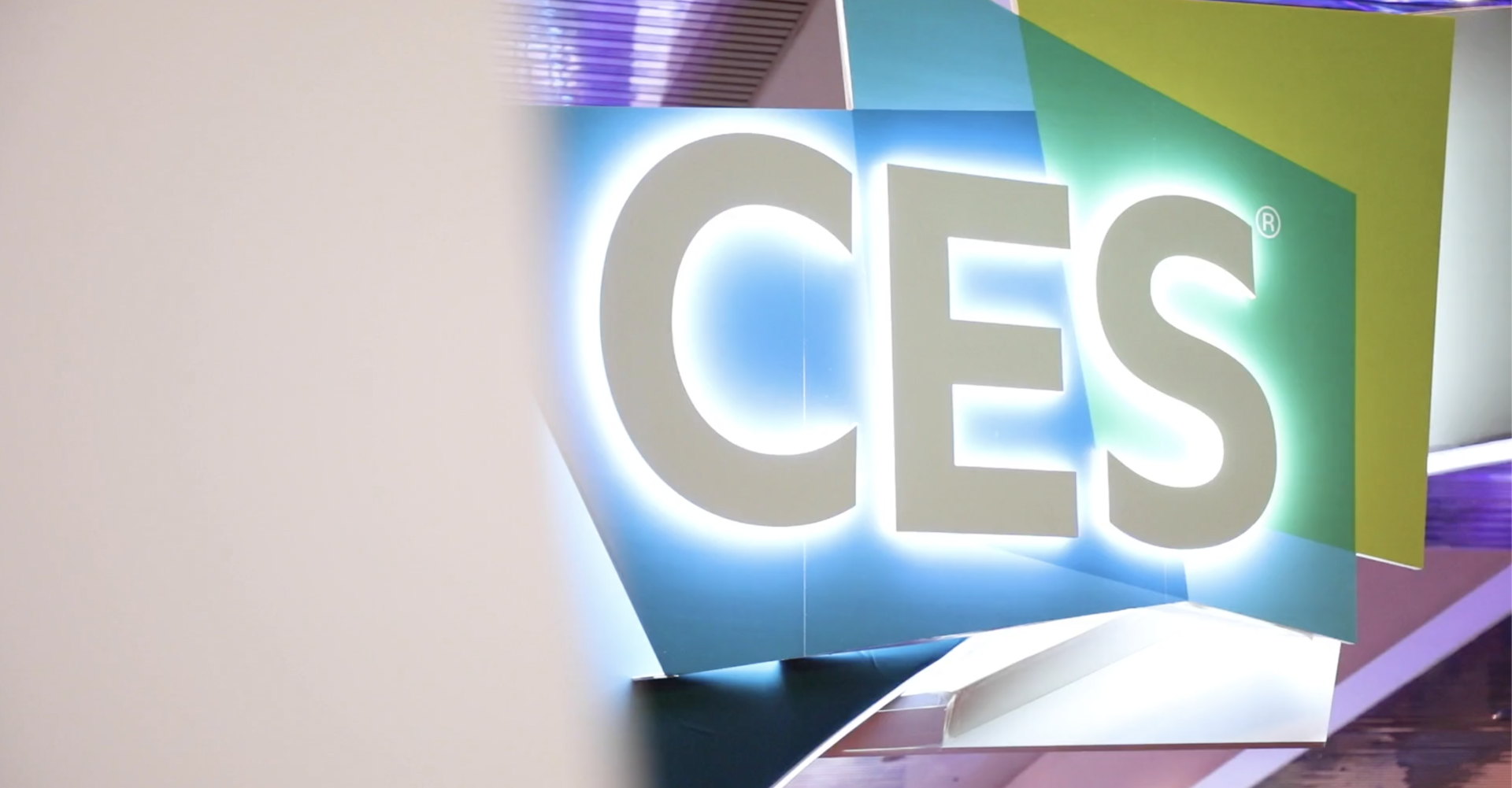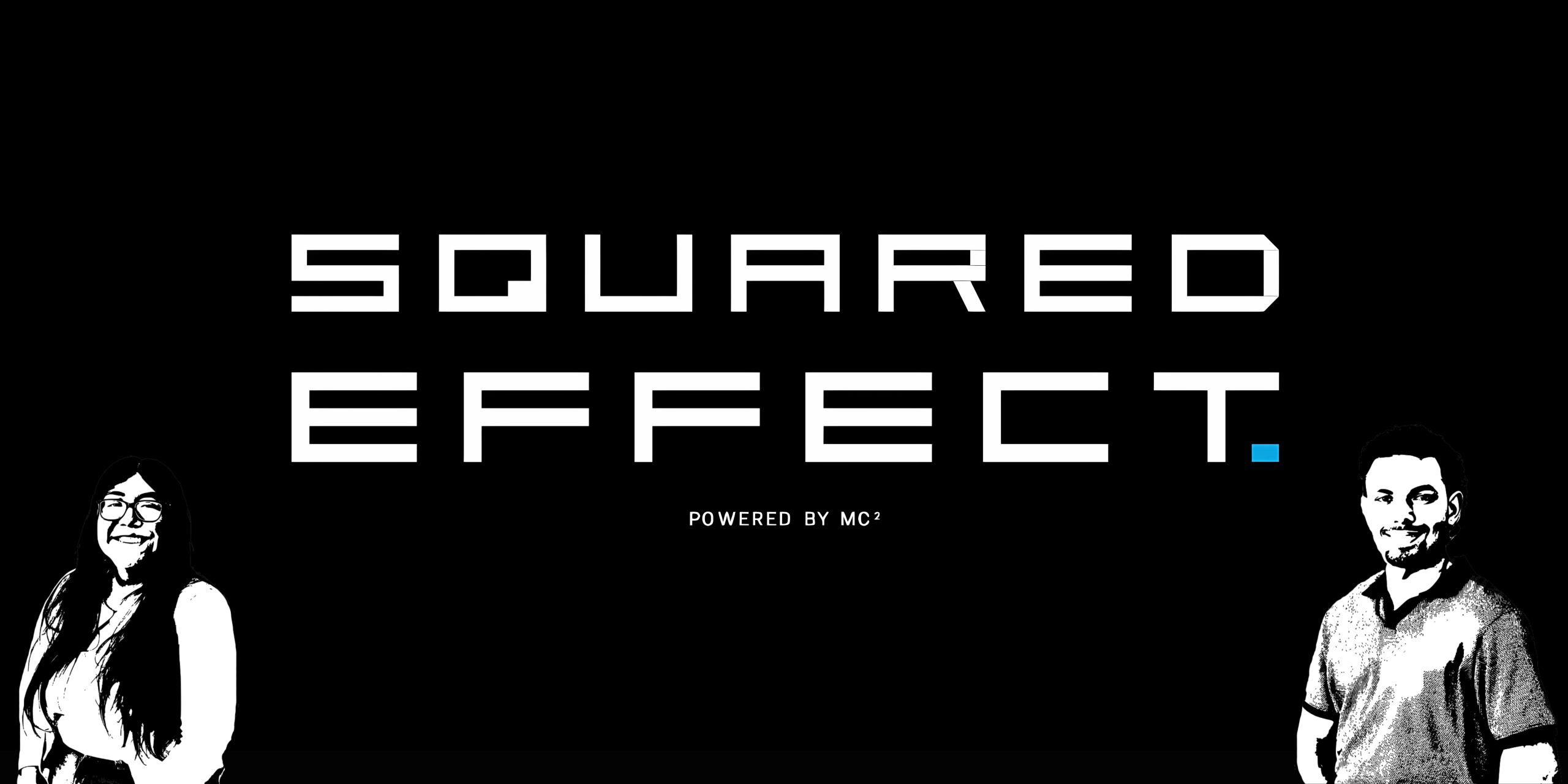
Trade Show Marketing Strategy and the Psychology of the Sale
Here’s a trade show marketing strategy tip for you: in order to really connect with your customers, you have to get inside their heads. If mind reading isn’t on your resume, mapping out your customer’s psychological journey is the next best thing.
Putting trade show marketing aside for a moment, let’s take a tip from the traditional marketing world. The customer journey is a tried-and-true strategy used to inform communications at different stages. From oblivious passerby to lifetime customer, here’s what a typical customer journey looks like:
Unawareness > Awareness > Knowledge & Consideration > Decision!
These familiar steps have informed marketing strategies for decades, and for good reason. They help you decide how, when, and where to communicate in order to get results.
Now let’s bring it back to your trade show strategy. In order to transform strangers into customers, your exhibit needs to take visitors on a mini marketing journey. When properly applied to the overall trade show experience, the trade show customer journey delivers ROI for the exhibiting company and a better experience for the attendee.
Here’s how the customer journey translates to trade show marketing:
-Unawareness: Pre-Show Activations
-Awareness: On-Site Brand Reinforcement
-Knowledge/Consideration: Trade Show Marketing Message
-Decision: Stepping Over the “Carpet Line”
By using these stages as a guide, you can determine how, where, and when to communicate with potential customers in order to get the best results.
Let’s break it down further to help you develop a killer trade show marketing strategy that gets real results.
Stage 1: Unawareness
Your Trade Show Marketing Strategy: Utilize pre-show messaging and touch points.
-Place a sponsored ad
-Send email campaigns
-Run targeted social media campagns
Think about the above trade show marketing impressions as the beginning of your brand’s story. All good stories have a memorable opening line—so make yours count. What is the “Call me Ishmael” of your trade show marketing strategy?
The above messaging suggestions begin to create a consistent impression before the customers even step foot in your booth. And once they’re in it, the fact that they are already familiar with your brand will make every other impression all the more memorable. If they haven’t heard your opening line yet, your booth has a lot of work to do.
Stage 2: Awareness
Your Trade Show Marketing Strategy: Reinforce your brand with on-site communications.
-VIP reach-out by sales (show floor meeting or meal invitations)
-Airport/City/Venue/transportation branding opportunities
-Room drop items
-Party invitations
Come show day, you have the opportunity to reach your customers multiple times through activations at the airport, on buses, in cabs, through banners, or even in a swag bag in their hotel room. The same goes for friendly drop-ins, lunch and dinner invites, and pre-sales meetings. These additional touch points bring you closer to your customer while building familiarity.
Even if you can’t get any face-time, once an attendee is in the same city or even the same hotel as you, your brand has the chance to enter their psyche on a subliminal level. It’s even better if your communication touch points relate to each other so that they continue to tell your story as the customers move from the airport to the hotel to the convention center. So… create a memorable story! Make sure your communications relate to each other and your pre-show activations so that the attendees are left wondering…what’s next?
Stage 3: Knowledge and Consideration
Your Trade Show Marketing Strategy: Give them what they’re waiting for.
An exhibit that delivers
By now, they know who you are, and if you’ve done your job well, they’re intrigued by your brand story. This is where the rubber meets the road. All the planning, teasing, and subtle overtures that have led them here are suddenly on the line (no pressure!). Here is where the attendee is poised to do the one thing you need them to do—enter your exhibit.
If they don’t enter, there is no opportunity for a conversation. So what makes the conversation happen? It all comes down to the unexpected. Your booth needs something visually intriguing and inviting. The customer, whether they know it or not, is seeking a payoff on the treasure hunt that was started by your initial communications. This is the climax of your story and it should give them some sense of reward. No matter what you’re selling, there needs to be an element of human emotion. “How did they do that?” “I want that!” “That’s amazing!”
Or, as we like to say at MC² … “You had to be there!™”
Exceptional trade show exhibits should always inspire an emotional experience.
Stage 4: Decision
Your Trade Show Marketing Strategy: Get them over the “carpet line.”
Staff your exhibit with skilled, friendly, and knowledgeable salespeople
The experience you create is what allows an attendee to drop their apprehension, doubt, or plain old shyness and take a step closer. Yup, it only takes one little step to get over the great wall that we all know as <dramatic evil villain music> “The Carpet Line.”
That magical line where the aisle carpet meets yours can sometimes feel like a brick wall. But, if you’ve worked hard to create an intriguing and compelling story, dropped your bread crumbs in just the right places, and pulled them in with an amazing exhibit, they should be open to hearing more.
Once they’re this close, conversation is natural. Bring out your best and brightest people to land that sale, or at the very least, send them home with a positive impression of your company. With the right brand ambassadors, the conversations you have at trade shows could lead to a better understanding of the attendees’ needs. This, of course, can help inform all of your communications with them going forward which puts you in a prime position to land the sale.
An effective trade show marketing strategy is made up of a series of communications that reach the customer at every stage of their journey while working together to tell your story. If you pay attention to each of these stages, you can change an attendee’s impression from “Are these guys worth my time?” to “I really need to work with these people.”
Accounting for the whole picture helps you better understand, and better connect with your potential customers. If you need some help building trade show exhibits with great impact, Let's talk!
__
Chris Virtuoso is MC²’s National Design Director. With 30-plus years and hundreds of event activations under his belt, he strives for the absolutely most engaging stories and interactions to get that “You had to be There” experience.




